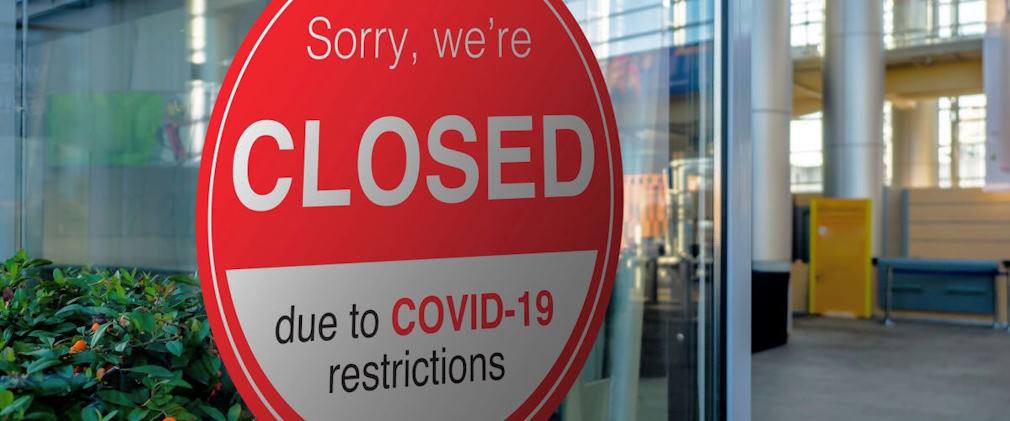The COVID-19 pandemic posed unprecedented challenges to businesses across the globe, reshaping the landscape of commerce in ways unforeseen and unparalleled. As the world grappled with the unrelenting waves of the virus, enterprises of all sizes were thrust into a battle for survival, adaptability emerging as the defining trait of those that thrived amidst the chaos.
In what way did businesses manage to do it?
Swift Transitions to Remote Work
When the pandemic struck, businesses urgently needed to protect their employees while maintaining operational continuity. It led to the rapid adoption of remote work policies and practices. Companies provided employees with the necessary tools and technologies to effectively work from home. Zoom, Microsoft Teams, and other collaboration tools became the primary communication and project collaboration methods. The transition, although challenging, demonstrated the adaptability of organizations as they reshaped their workforces to fit a remote work model.
E-commerce and Online Presence
The pandemic accelerated the shift towards digital commerce. Businesses invested in improving their online presence, enhancing websites, and optimizing e-commerce platforms to accommodate the surge in online shopping. Contactless services, such as curbside pickup and contactless payment options, were integrated into retail and restaurant operations to cater to changing consumer preferences. As a result, even traditional brick-and-mortar businesses embraced the digital landscape, reaching customers in new and innovative ways.

Supply Chain Resilience
Disruptions in global supply chains prompted businesses to reevaluate and redesign their sourcing strategies. Many diversified their supply chains, seeking alternative sources of goods and materials to mitigate the risks of single-source dependencies. Inventory management systems were overhauled to balance stock levels better and anticipate demand fluctuations. These adaptations aimed to create more resilient supply chains that weather future disruptions.
Innovation and Product Diversification
Businesses demonstrated adaptability by innovating their products and services to meet emerging demands. Some companies began to produce items in high demand, such as hand sanitizers or personal protective equipment (PPE). Others introduced digital offerings to cater to remote customers, from virtual fitness classes and telehealth services to online consultations. This adaptability allowed businesses to tap into new revenue streams and cater to the changing needs of their customer base.
Health and Safety Measures
Ensuring the safety of employees and customers became a top priority for businesses. They implemented strict health and safety protocols in physical workplaces, including mask mandates, social distancing guidelines, and enhanced cleaning regimens. Some industries introduced innovative solutions like remote monitoring and temperature checks for employees entering their workplaces. These measures were vital in instilling confidence among employees and customers, demonstrating a commitment to health and safety.
Financial Adaptations
Facing economic uncertainty, businesses implemented various financial adaptations to ensure their sustainability. Cost-cutting measures were widely employed, including reducing non-essential spending, renegotiating contracts, and trimming overhead. Some companies sought assistance from government support programs, grants, and loans to bridge financial gaps and maintain operations during challenging times.








